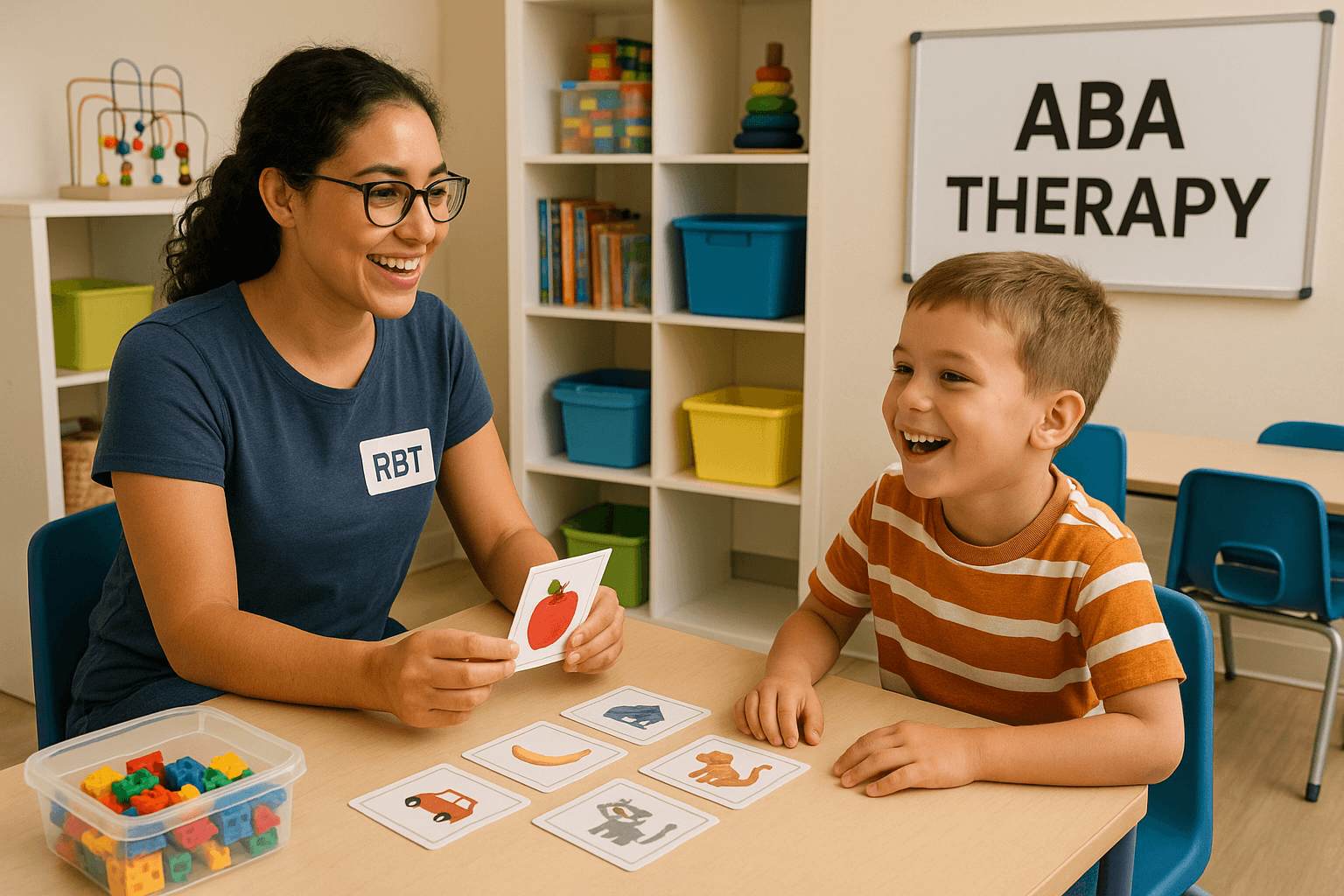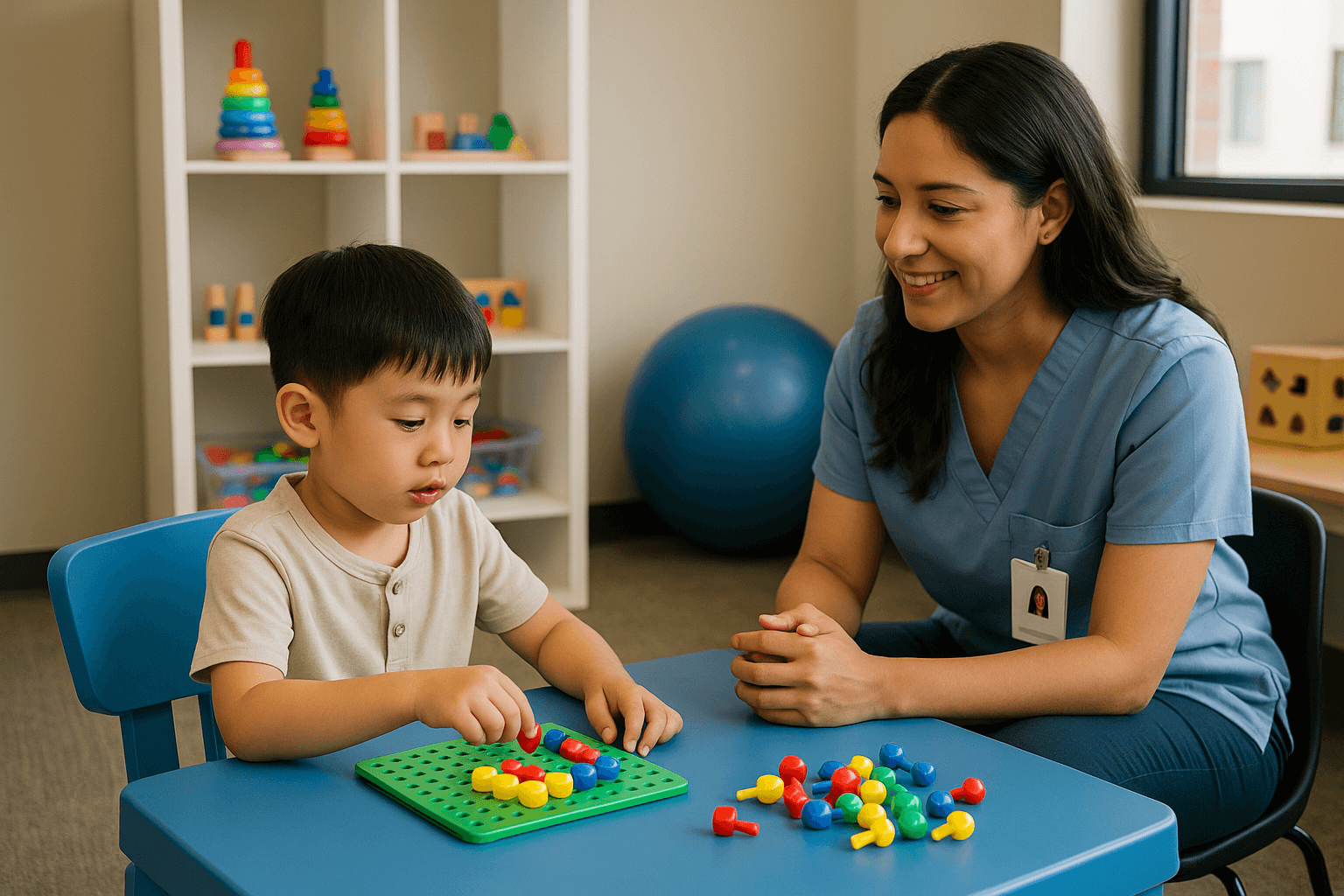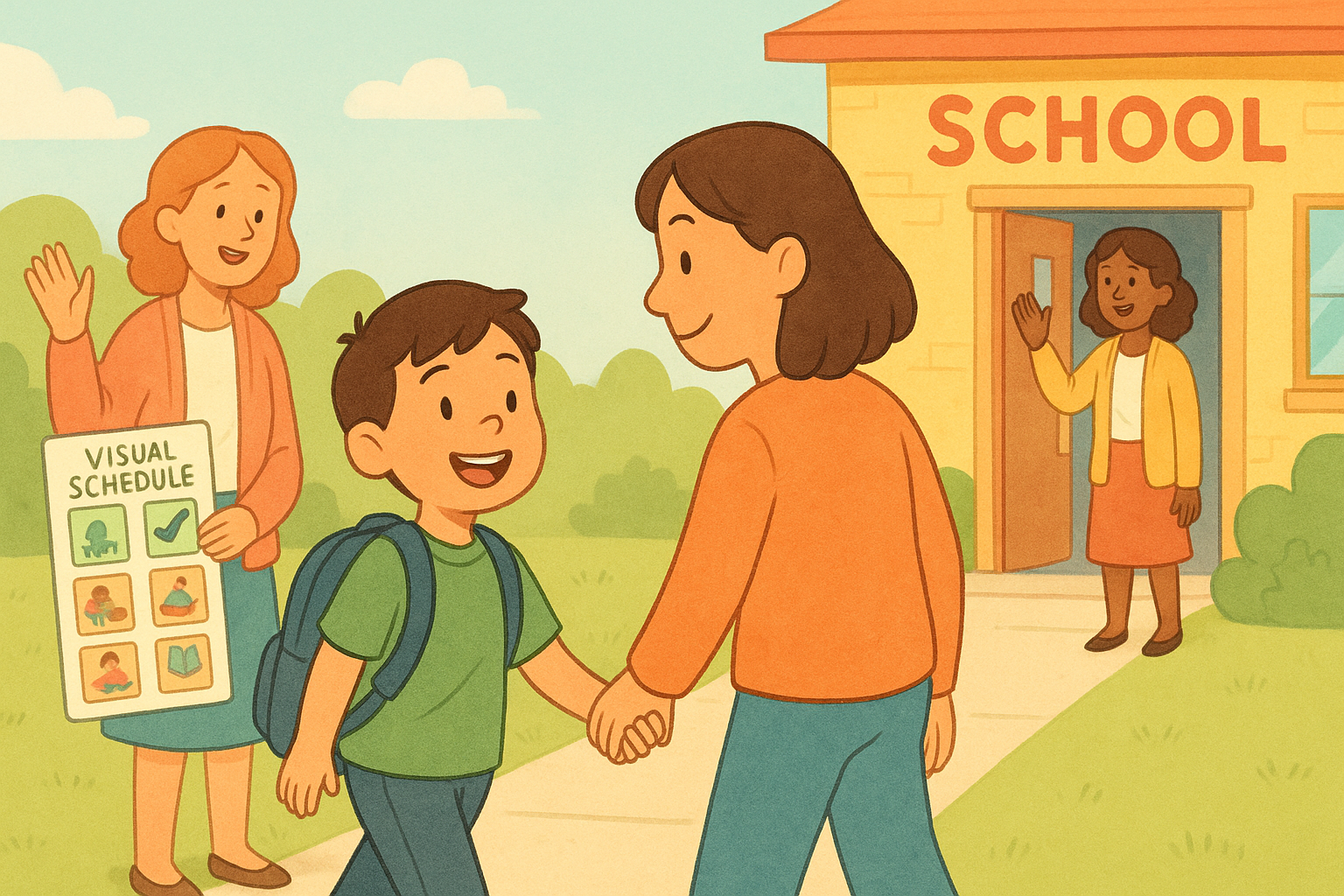What to Expect From an Autism Therapy Session
1 in 44 children in the U.S. is diagnosed with Autism Spectrum Disorder (ASD). If your child receives an ASD diagnosis, this may not be news you're prepared to hear. You probably have many questions, specifically about your child's education and future.
Autism isn't curable, but it's essential you put your child in autism therapy to ensure they can work through their tendencies. What is autism therapy? Autism therapy strives to improve behavior and teach new skills that children with ASD will use in the real world.
Are you starting autism therapy soon? There are different types of autism therapy, though applied behavior analysis (ABA) therapy is one of the most common research-based treatments.
But what does this therapy entail? What can you expect? Here's what to expect from an ABA therapy session.
Assessment
The first step in ABA therapy is the assessment. A Board-Certified Behavior Analyst will analyze your child to create goals that you'll work toward in therapy. The behavior analyst will likely come to your home to ensure your child is comfortable in their environment, giving the analyst the most accurate view of your child. Sometimes the assessment may take place in a center. It is important that observations occur where concerns exist.
The behavior analyst will also speak to you. They will ask if your child struggles in specific areas and also what they excel at.
After the analyst gets a good idea of your child, they will create a treatment plan. The treatment plan can include decreasing certain behaviors and highlighting things you want your child to learn. In addition to the behavior analyst, one or two more therapists will work with your child.
To accomplish these goals, the behavior analyst will set small objectives to make accomplishing these goals easy. Some of the larger goals that a behavior analyst may set for your child include:
- Improving communication skills
- Increasing use of language
- Improving social skills
- Playing more
- Reducing aggressive behaviors
- Learning new skills
Your behavior analyst will continue monitoring your child. As your child accomplishes these goals, your behavior analyst will set new goals for your child.
What Can You Do?
Family involvement is integral to your child's therapy. As your child goes through therapy, the behavior analyst will also provide parent training so therapy can extend farther than typical sessions. In addition, siblings and caregivers are encouraged to participate. That's because your child will be in their natural setting, making it easy to learn new skills and manage behavior issues.
Typical Autism Therapy Treatment Session
First and foremost, the behavior analyst and other therapists will make the process as fun as possible. The goal is for your child to show progress, and they won't accomplish these goals if they're not having fun.
In order to make the process enjoyable, the behavior analyst and therapists will create an individualized treatment process. They will not only focus on play but specific types of play to ensure your child progresses.
Depending on the needs of your child, a treatment session can last anywhere between an hour and several hours. They will only request minimum participation at first and then will slowly increase demands.
Your therapist will always use positive reinforcement when your child uses appropriate behavior and/or when the therapist sees their progress. The therapists may bring in things your child enjoys, such as toys, games, and snacks, and will use them as rewards.
Discrete Trial Training vs. Natural Environment Training
A behavior analyst may recommend different types of instructional formats. Two of the most common types of training are discrete trial training (DTT) or natural environment training (NET). Here are the differences between both.
Discrete Trial Training
DTT focuses on simplified yet structured steps. Let's say the therapists are teaching your child a new skill. Instead of teaching the skill to them all at once, they will break down the skill in simplified steps. In case your child struggles to take direction, the steps are simple enough for the therapist to explain.
DTT has a school-like setting; your child will be sitting at a table or a desk, giving them the opportunity to focus. This will help your child learn new skills quickly.
Natural Environment Training
NET is similar to DTT, except your child is in their "natural environment." Instead of the school setting or a highly-structures setting, your child will also engage in play.
Let's say the therapists are trying to get your child to identify colors. They may start at the table or desk, holding up flashcards to your child and asking them to identify the colors. Then, they may switch to the playroom where your child uses Playdoh to identify colors.
Combination
Most therapists will use a combination of both methods during each therapy session. When the therapist applies each type of teaching strategies, the behavior analyst will observe your child's progress and how quickly they're accomplishing each goal. After your child shows progress, the behavior analyst will add more goals, if needed.
Do You Need Autism Therapy?
If your child is ready for autism therapy, we're an autism treatment center that offers ABA therapy in San Bernardino, Riverside, and Imperial County. Contact us today to get started with your new autism therapist.











